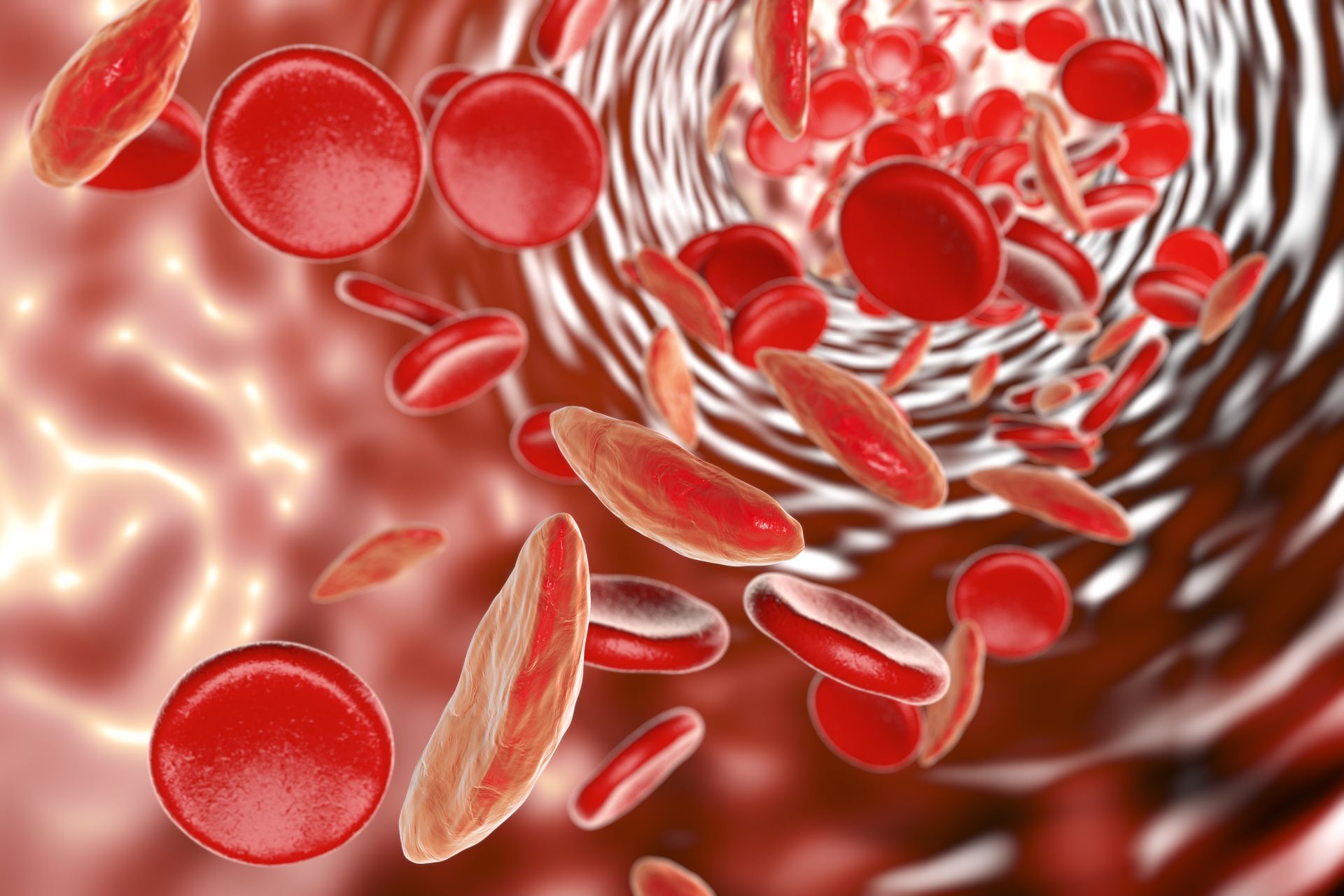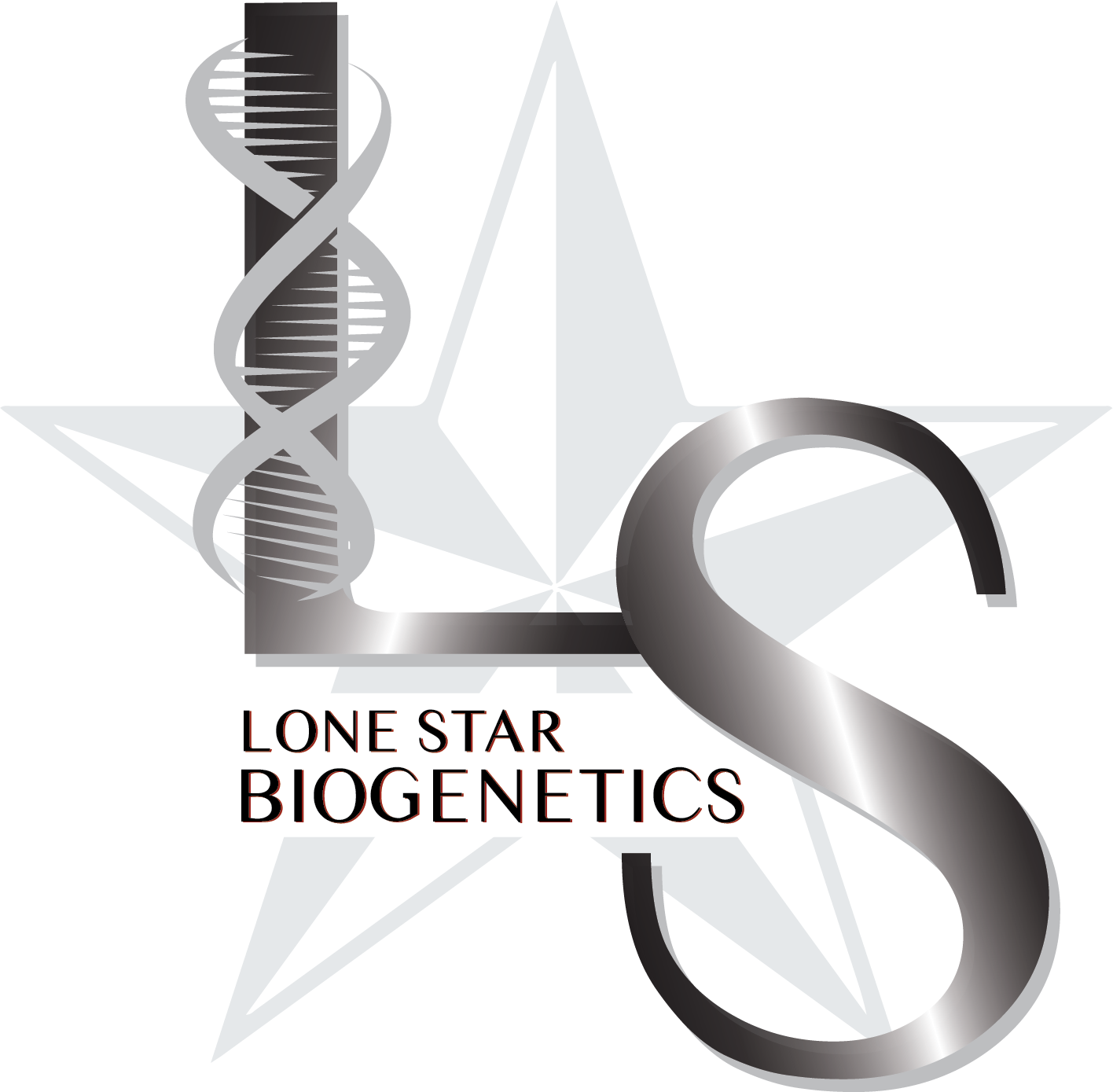Get in touch
+44 1632 96099
mymail@mailservice.com
Platelet Rich Plasma
What is platelet-rich plasma?
Platelet-rich plasma consists of two elements: plasma, or the liquid portion of blood, and platelets, a type of blood cell that plays an important role in healing throughout the body. Platelets are well-known for their clotting abilities, but they also contain growth factors that can trigger cell reproduction and stimulate tissue regeneration or healing in the treated area. Platelet-rich plasma is simply blood that contains more platelets than normal.
To create platelet-rich plasma, our clinicians at Lone Star Biogenetics take a blood sample from the patient and place it into a device called a centrifuge, separating out the other components of the blood from the platelets and concentrating them within the plasma.
What is a PRP injection?
After creating platelet-rich plasma from a patient’s blood sample, that solution is injected into the target area, such as an injured spinal facet joint, the knee or a tendon. At Lone Star Biogenetics we utilize state of the art imaging to assist in perfect placement of the injection. The idea is to increase the concentration of specific bioproteins, stem cells and hormones called growth factors, into a specific area to accelerate the healing process.
The mechanism behind PRP injections is not completely understood. Studies show that the increased concentration of growth factors in platelet-rich plasma may stimulate or speed up the healing process, shortening healing time for injuries, decreasing pain and even encouraging hair growth.
What is PRP Treatment Used For?
PRP injections are used for a range of conditions, from
musculoskeletal pain and injuries to
cosmetic procedures.
Tendon, Ligament, Muscle and
Joint Injuries
PRP injections may be able to treat a range of musculoskeletal injuries and conditions. For example, chronic tendon injuries such as tennis elbow or jumper’s knee can often take a long time to heal, so adding PRP shots to a treatment regimen can help to stimulate the healing process, decrease pain and enable a return to activities sooner.
Post-surgical Healing
Clinicians first used PRP to accelerate healing after jaw or plastic surgeries. Now, post-surgical PRP injections have expanded to help heal muscles, tendons and ligaments, as procedures on these tissues have notoriously long recovery times.
Osteoarthritis
Studies indicate that PRP injections assist the joint in regenerating damaged tissues, research is growing in better applications of this especially in the area of combining PRP with A2M injections.
Hair Loss
PRP injections can be effective in treating male pattern baldness, both in preventing hair loss and promoting new hair growth. PRP can also aid in the stimulation of hair growth after hair transplants.
Skin Rejuvenation
PRP injections are sometimes used as an anti-aging treatment, creating better elasticity in the skin and thickening of the dermis in aging patients after the application of an intentional trauma such as the PLEXR or microneedling.
PRP Therapy Risks and Side Effects
A PRP injection is a low-risk procedure and does not usually cause major side effects. The procedure involves a blood draw, so you should make sure you are hydrated and have eaten beforehand to prevent feeling lightheaded. After the procedure, you may experience some soreness and bruising at the injection site.
Because PRP injections are made up of your own cells and plasma, the risk of an allergic reaction is much lower than with other injectable medications like corticosteroids. Less common risks of PRP injections include:
- Bleeding
- Tissue damage
- Infection
- Nerve injuries
If you are considering PRP injections, be sure to talk with your health care provider about all the benefits and risks.
*Research for the different applications of PRP is promising and rapidly growing. Although the equipment used to produce PRP and the injections themselves have been cleared by the FDA, this procedure is considered investigational and has not been officially approved by the FDA for most uses. Since PRP is a substance derived from one’s own blood, it is not considered a drug. FDA clearance means that doctors can prescribe and administer PRP if they believe it’s in the best interest of the patient. However, lack of the FDA approval means that PRP treatments may not be covered by insurance.


Mailing Address:
4416 Briarwood Ave Ste 110212
Midland, TX 79707
Physical Address:
3403 Andrews Hwy. Ste 100
Midland, TX 79703
